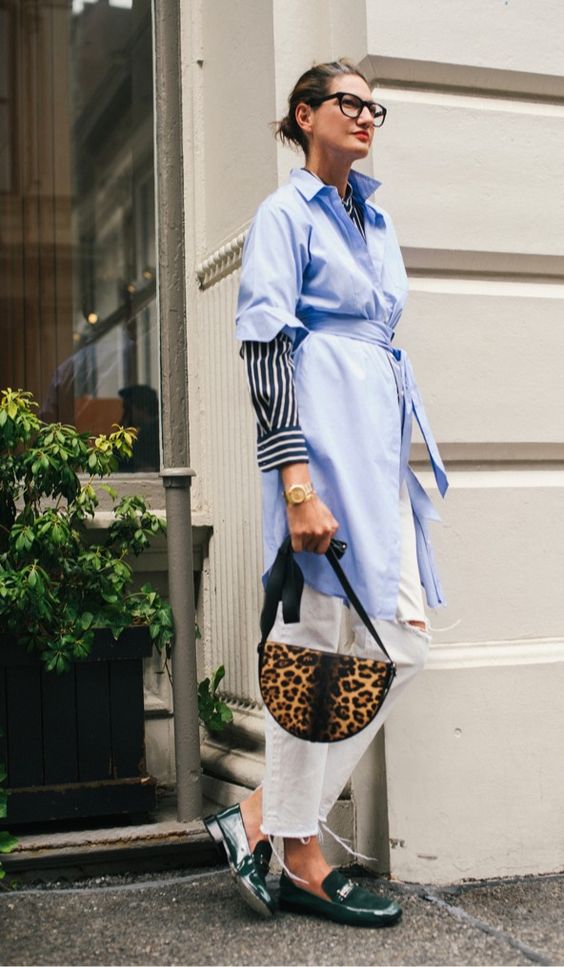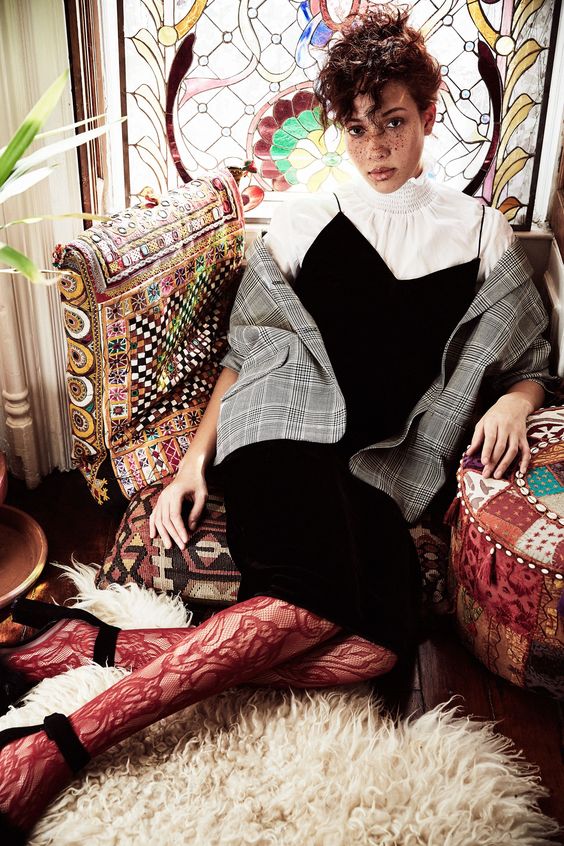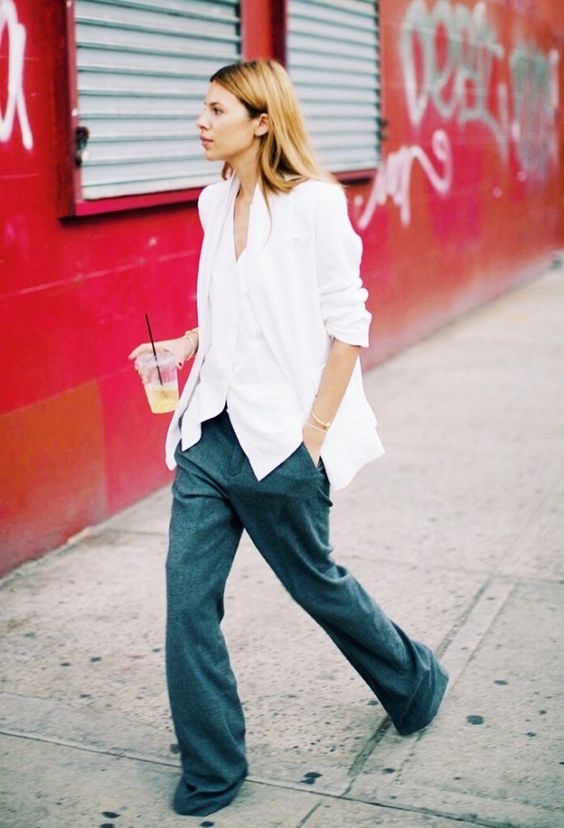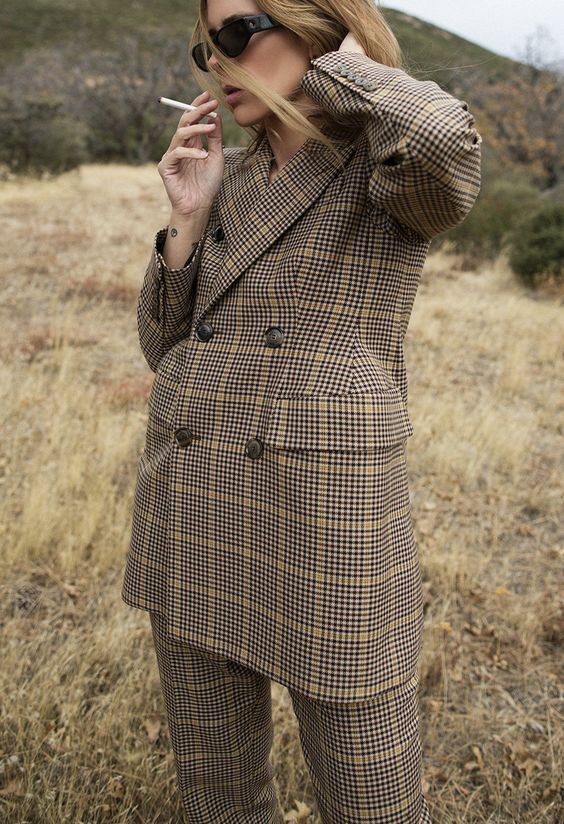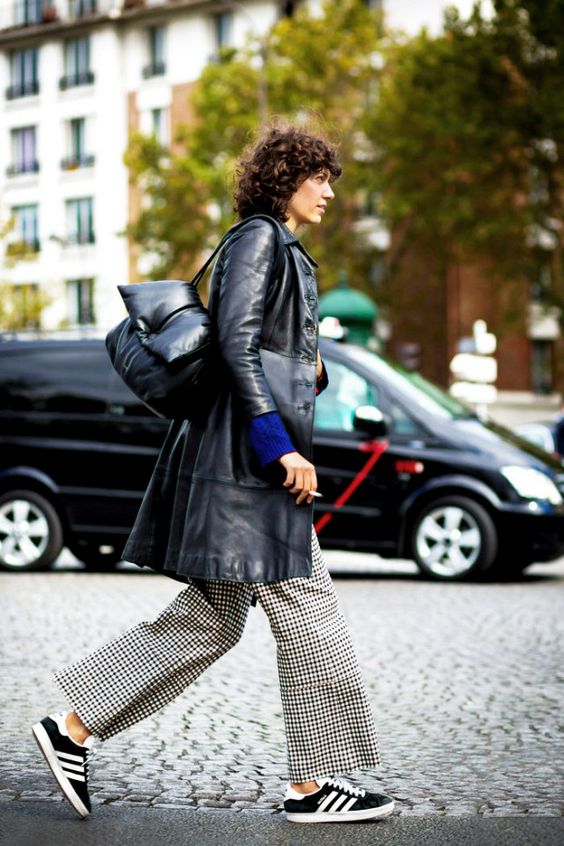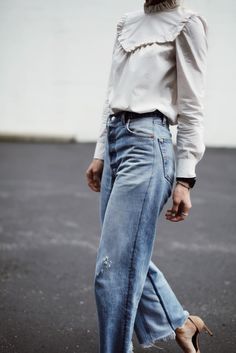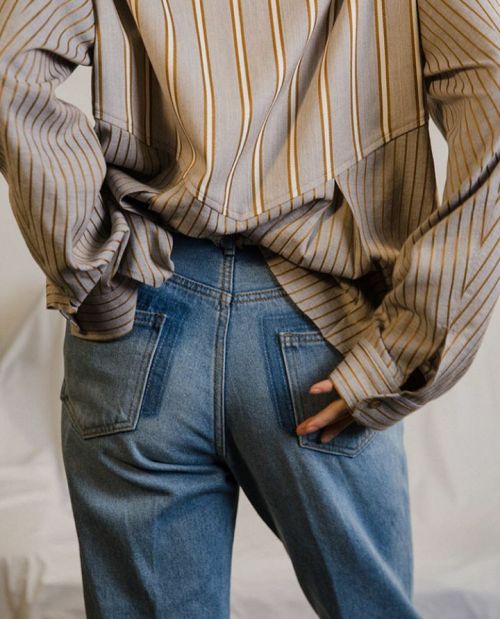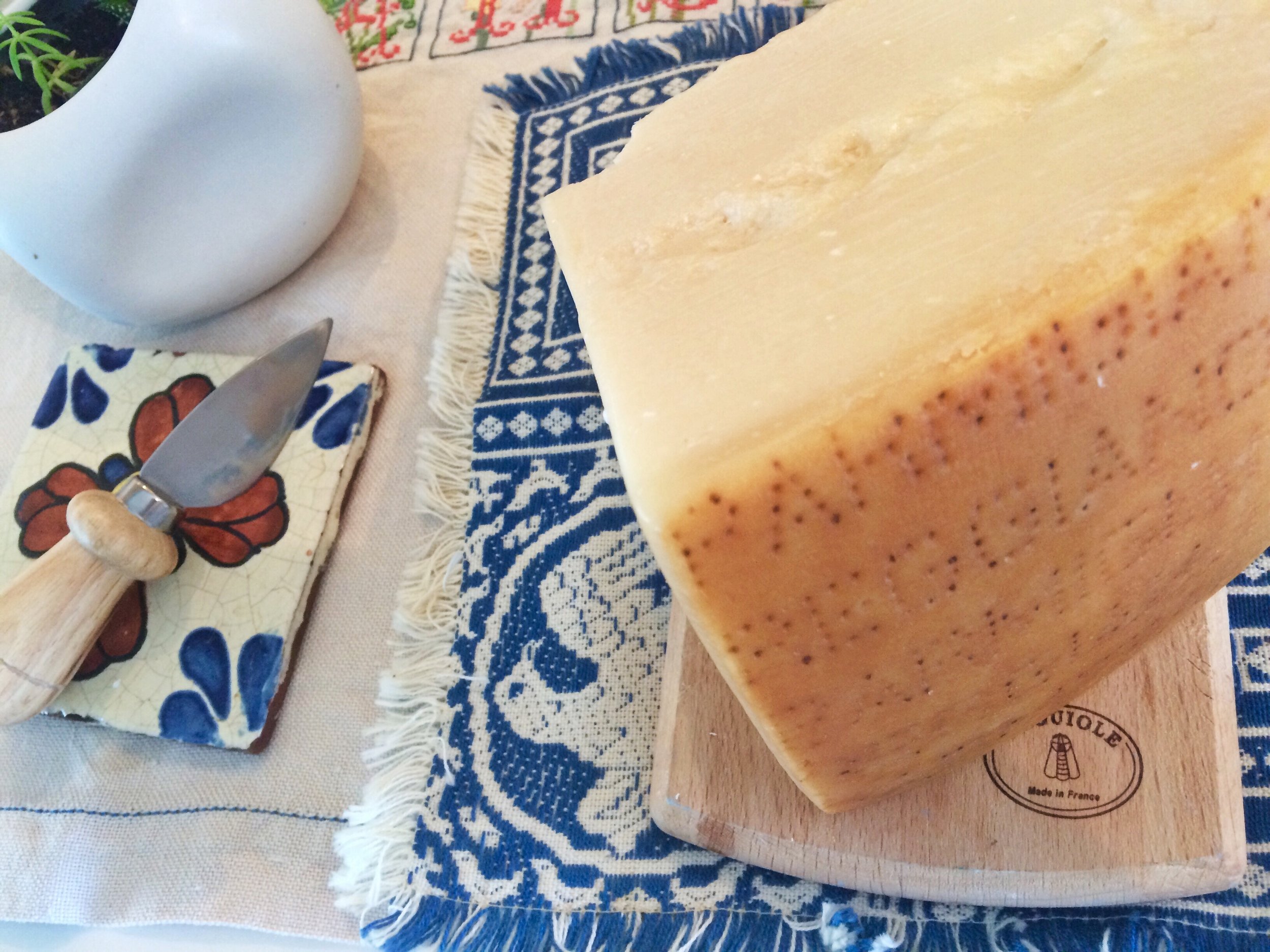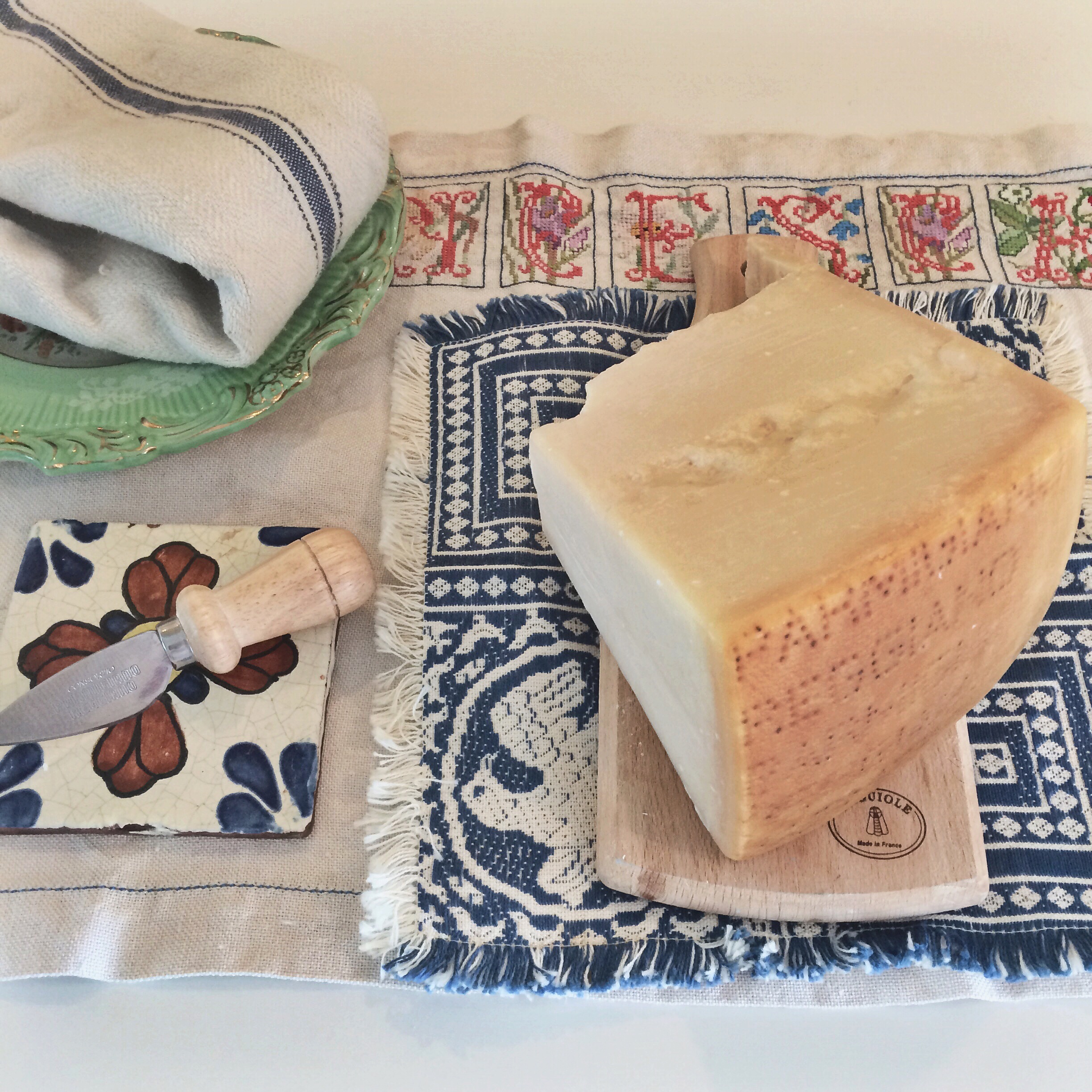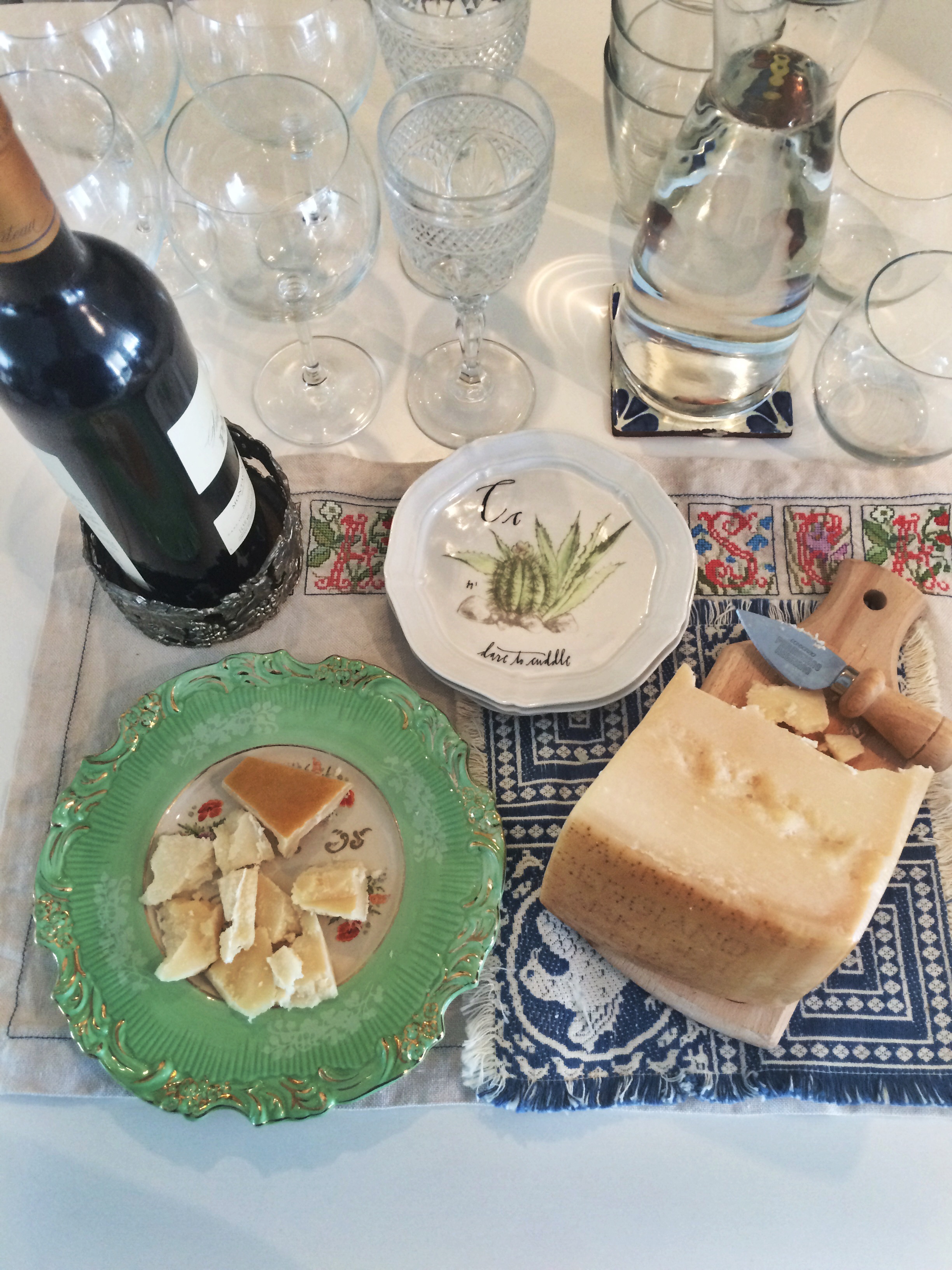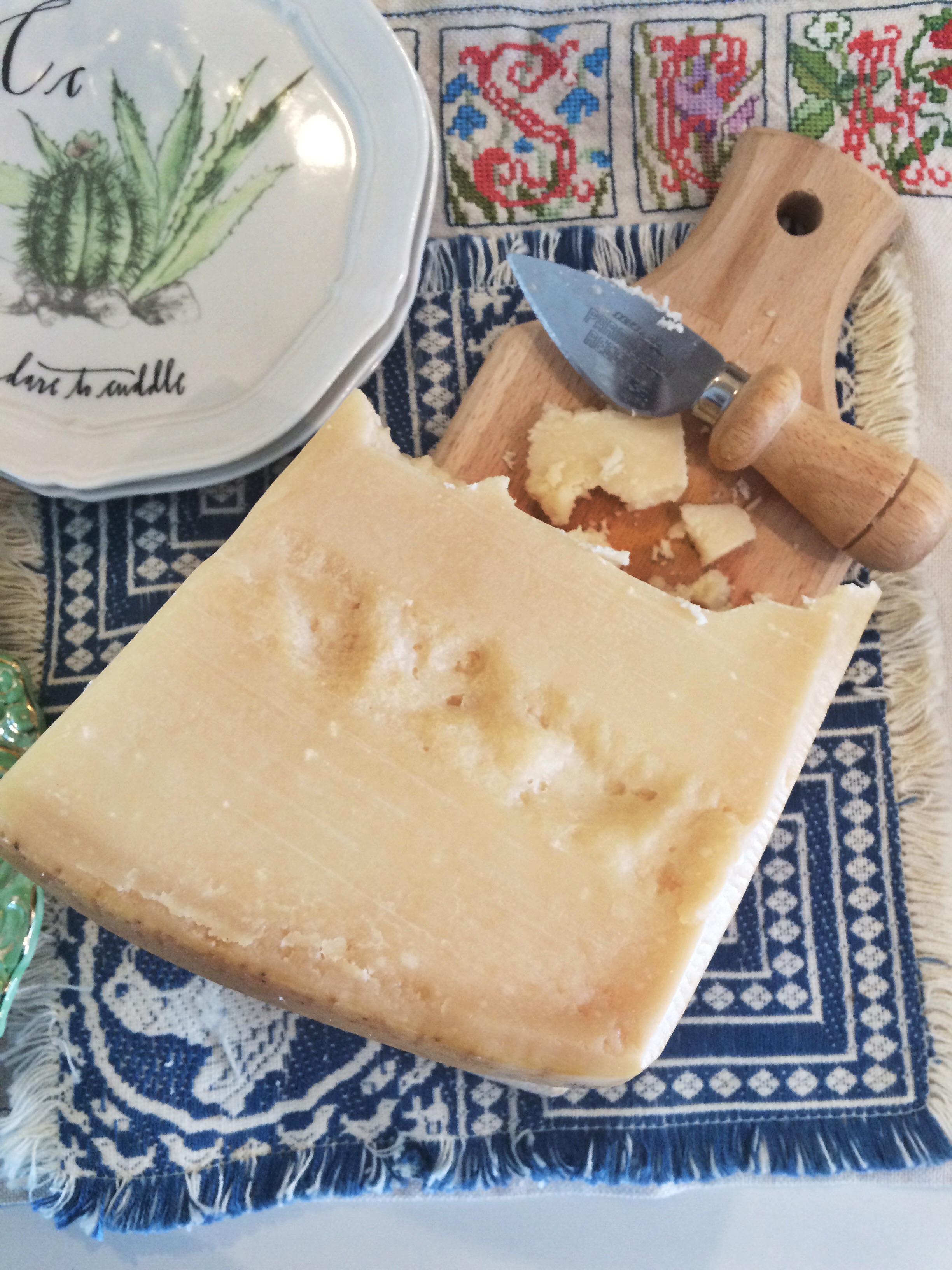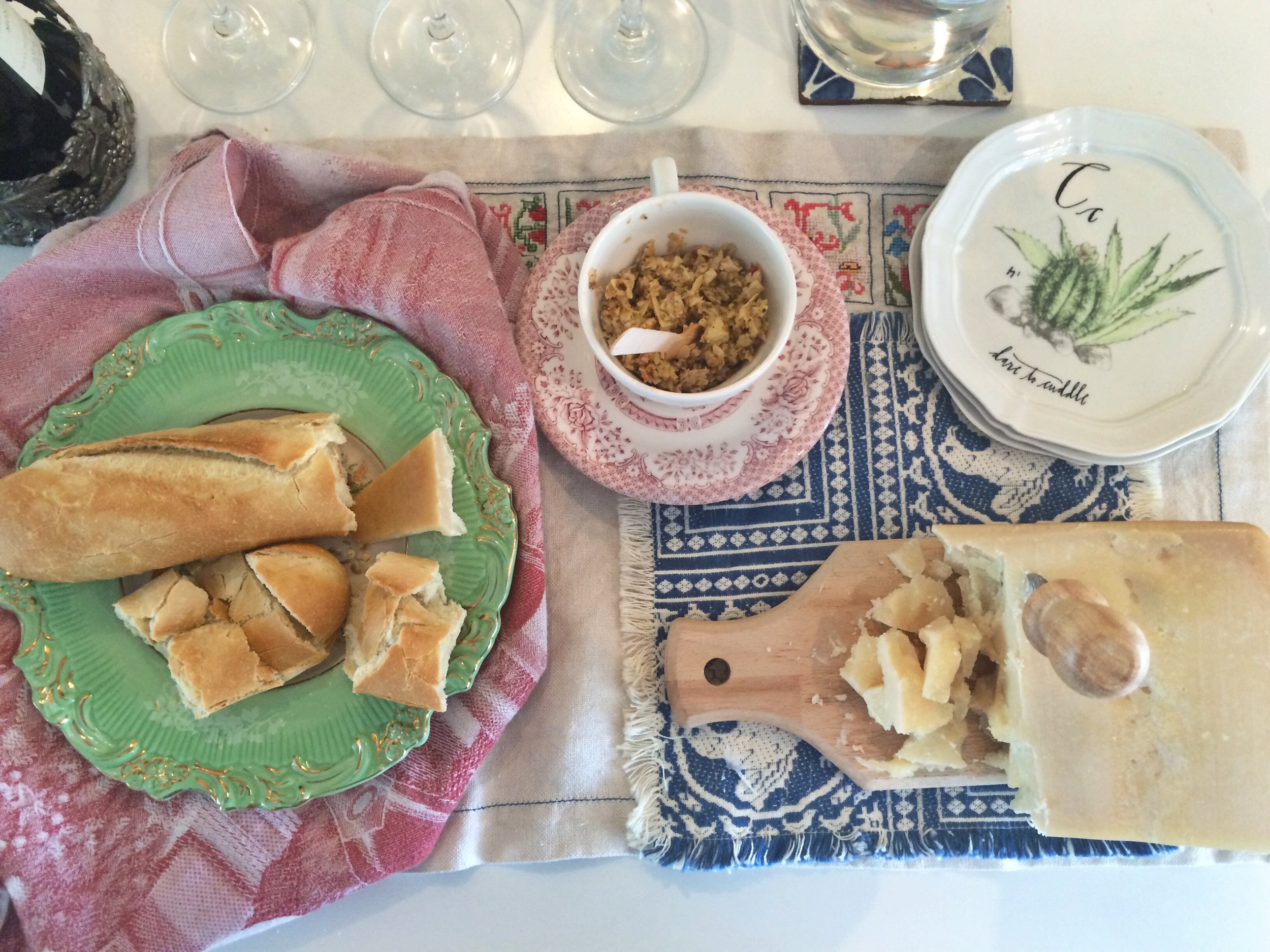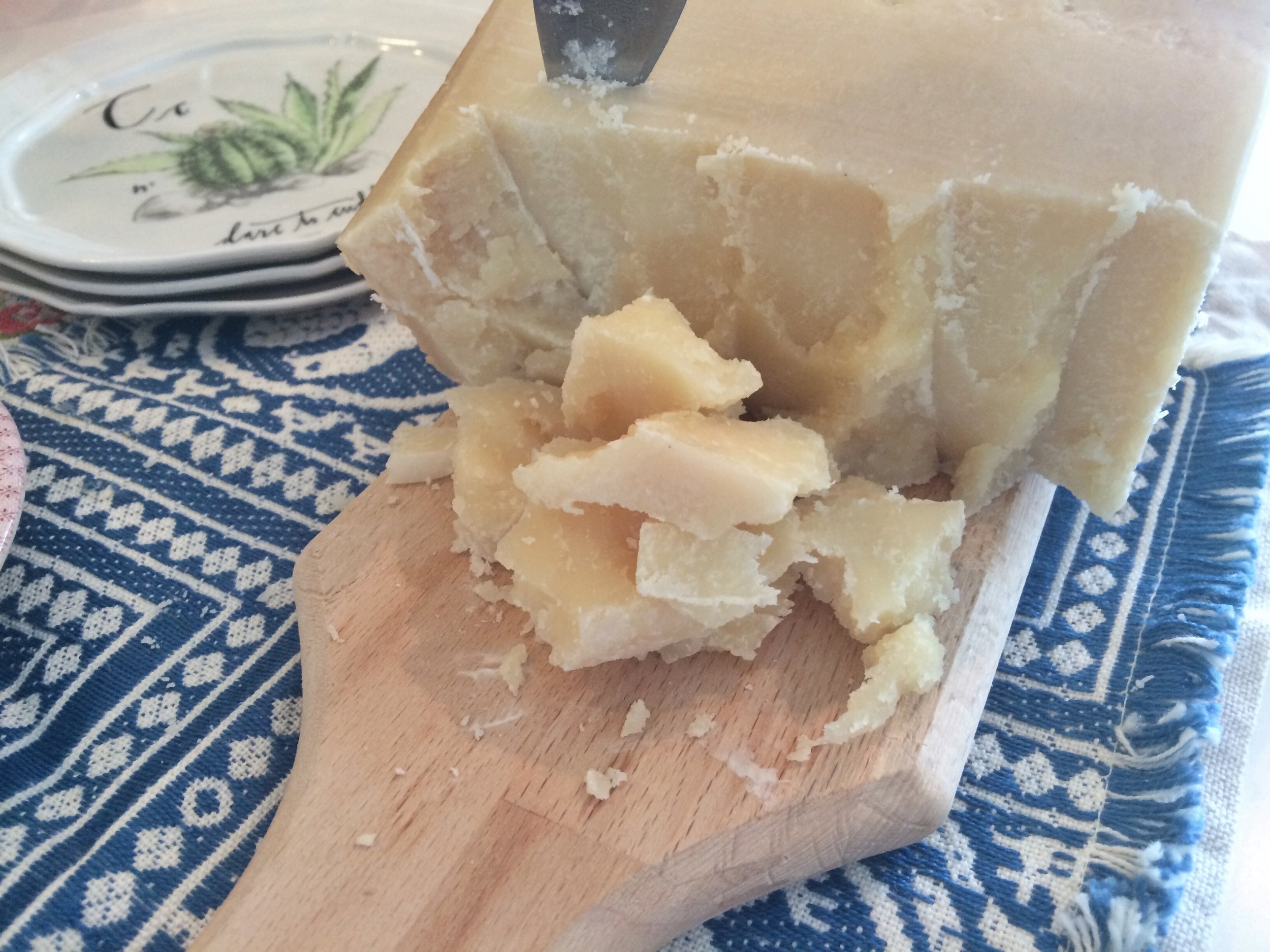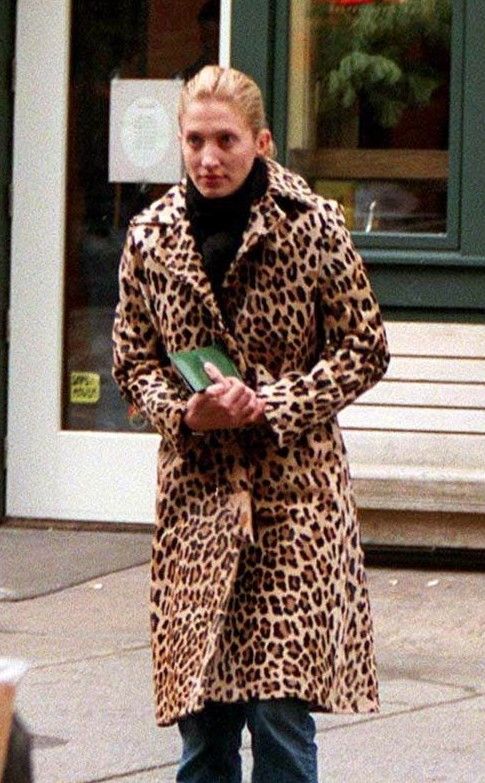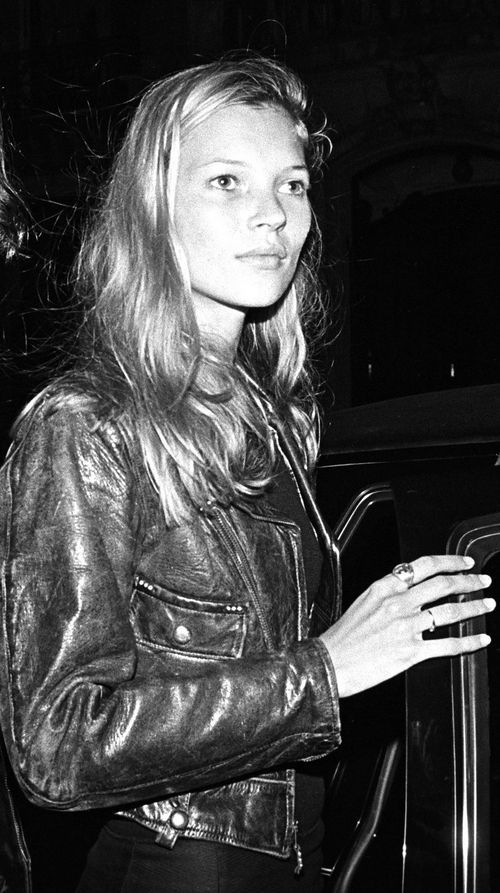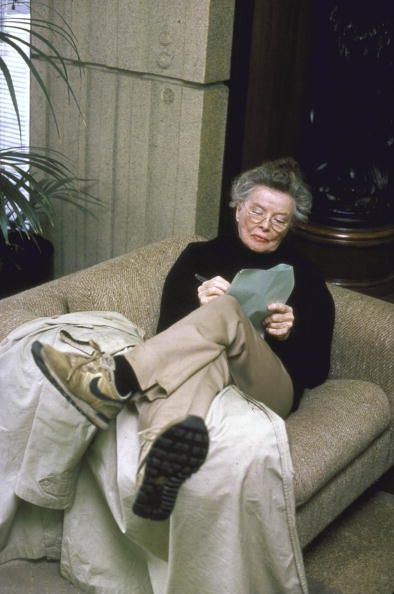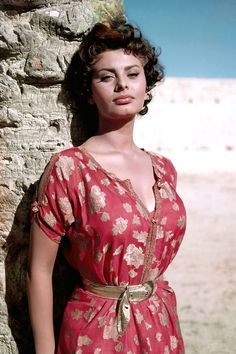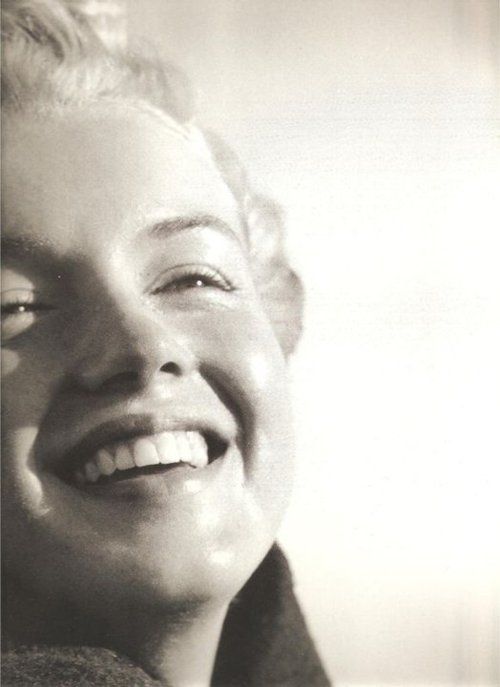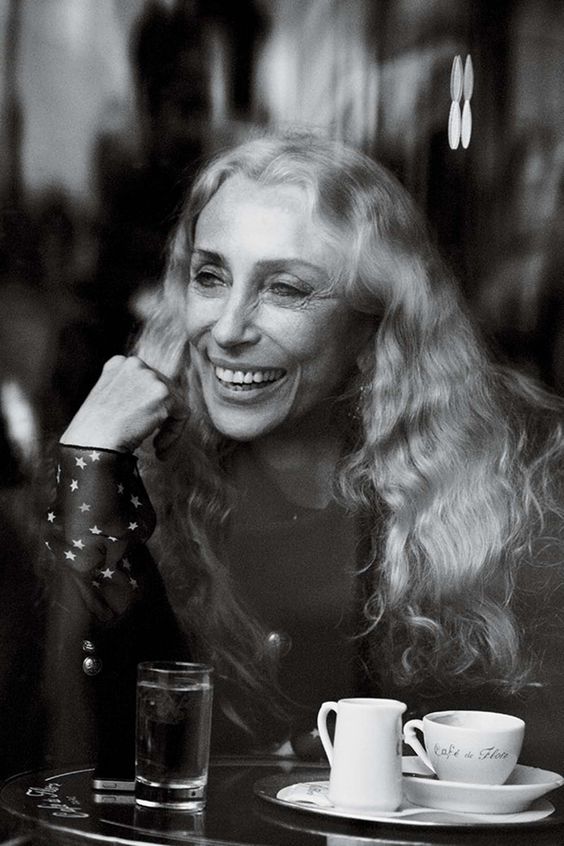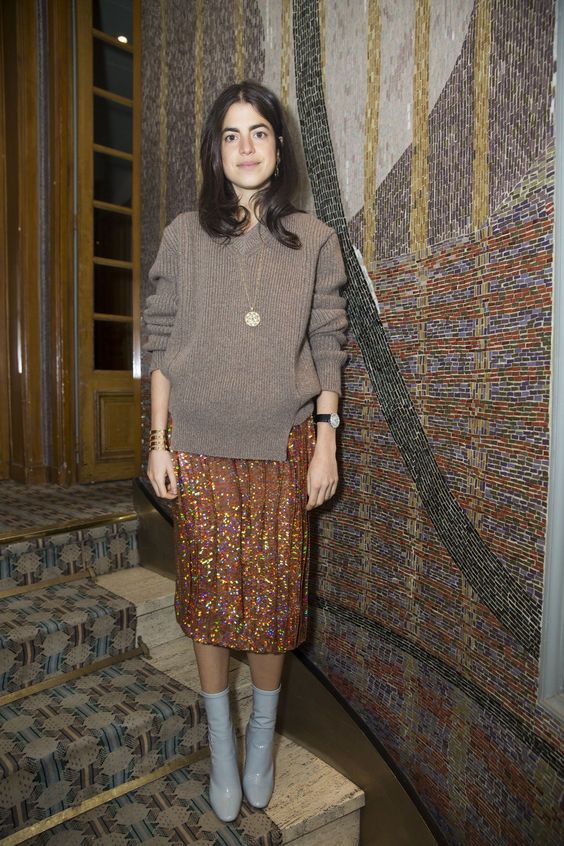The boyfriend cardigan, the boyfriend jean, the blazer and its origin from military uniforms. I have worked some winter files last month, now it's time to spruce the closet up for spring.
"Floral for spring: groundbreaking" this was Meryl Streep in Devils Wear Prada, the movie that showcased the behind the scenes of the fashion world.
When we were kids, white was first worn on Palm Sunday after the wintery dark cold months, pastel and flowers were for Easter Sunday and from there on, linens, silks, flowers, open toe sandals, frilly and voluminous transparencies ensued. I was always a disrupter, not by choice though, that's where my father appears in my life by letting me know that "we don't follow trends, we set them" after I was complaining I had to wear an hitchy hand-made sweater he had brought me from Scotland, whereas my friends were wearing Benetton.
- No need to leave the flowers at home, simply make it badass by adding textures, like a leather motorcycle jacket or a pair of ankle boots in a contrasting color.
- Don't be the fashion victim, make it personal. Don't add pain to pain, flower dress with pumps, boring, think outisde of the box. Polka dot tights and a military jacket and some feathers, think Miu Miu while mixing and don't stop mixing because "what will they thin of me?".
- Trickle into the sartorial dress code with femininity. think of Diane Keaton in Annie Hall and don't be shy and explore the man section at the thrift store.
- You don't need a graphic Tshirt to remind you you are a woman. It's a superpower you are born with. The highest form of empowering energy a woman has is her vulnerability: the Archimedes lever that will help you take over. Until we let hypocrisy make us believe that we cannot cry in public or show our feelings for a child or an elderly person, we give in.
- Wear pants under a dress. This has been seen on the runways for this spring and intensively for the fall, it's not for every body shape, it tends to enlarge the proportions if you are minute, and elongate if you are tall, the irony of life.
- Flip the script, there's no #dresslikeawoman dress code.
- Corporate attire was dead even before Working Girl but when a man asks for style advice, give profusely.

